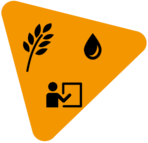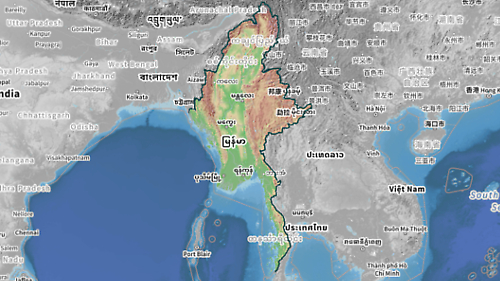Beneficiaries
48,811
Duration
Not specified
Global budget
250 000 €

Multisector
Funding


Programme details
Over four years after the military coup, Myanmar continues to face a severe deterioration in its political, socioeconomic, and humanitarian sectors, leading to unprecedented levels of needs. As of early 2025, nearly 19.9 million people require humanitarian assistance, according to the United Nations Office for the Coordination of Humanitarian Affairs’ 2025 Humanitarian Needs and Response Plan (HNRP). These ongoing armed conflicts have significantly increased the number of internally displaced persons (IDPs), many of whom are living in precarious conditions in informal sites with limited access to basic services.
Compounding the crisis, a devastating Mw 7.7–7.9 earthquake struck the Sagaing region in March 2025. According to reports from the United Nations Office for the Coordination of Humanitarian Affairs (OCHA) and the United Nations High Commissioner for Refugees (UNHCR), this natural disaster caused over 3,800 deaths, nearly 5,000 injuries, destroyed around 55,000 homes, and severely damaged critical infrastructure.
TGH and its partners use a multisectoral approach and cross-cutting gender equality, disability inclusion, and environmental sustainability programming. The aim is to simultaneously meet the needs of IDPs, host populations affected by conflict, and vulnerable groups such as women, persons with disabilities, ethnic minorities, and LGBTQ communities. Due to population displacement, TGH and its implementing partners are developing a mobile health team that provides medical consultations, sexual and reproductive health and rights (SRHR), primary healthcare, nutrition, and mental health and psychosocial support (MHPSS). Working with local communities, TGH organises training courses and prevention sessions in a healthy and clean environment. Based on existing infrastructure, TGH is restoring the water supply system and latrines.
This project aims to enhance the resilience, health, and well-being of crisis-affected and vulnerable populations through more inclusive access to integrated health, nutrition, water, hygiene and sanitation (WASH), and emergency response services.